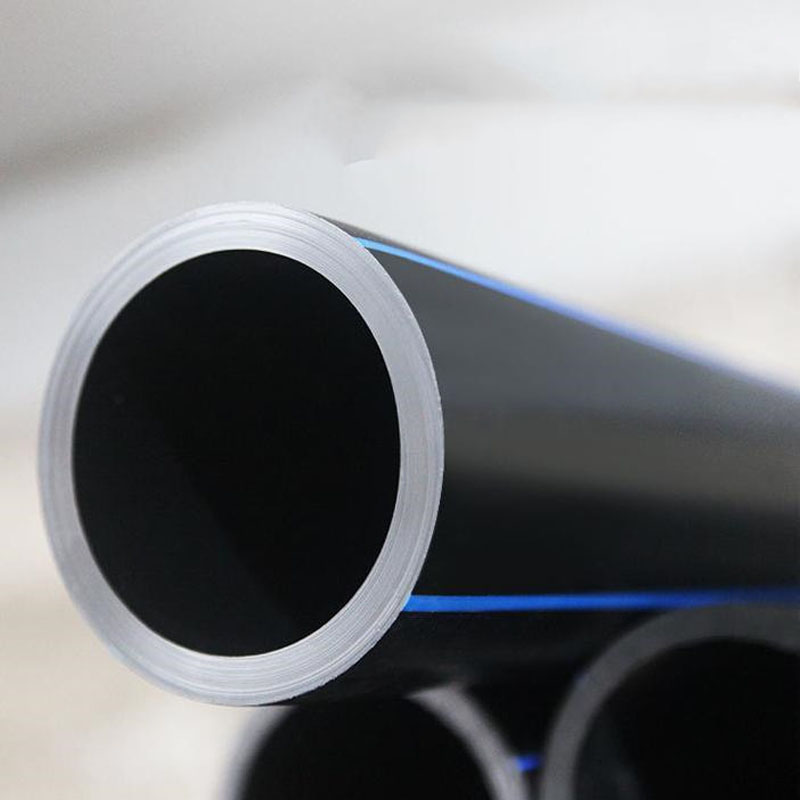Dec . 07, 2024 10:17 Back to list
pvc to hdpe pipe connection manufacturer
Understanding the Connection Between PVC and HDPE Pipes
When it comes to plumbing and irrigation systems, choosing the right materials for pipe connections is crucial. Two of the most commonly used materials in this field are Polyvinyl Chloride (PVC) and High-Density Polyethylene (HDPE). Each material offers unique properties and advantages; however, the connection between PVC and HDPE pipes can pose challenges that require careful consideration and knowledge. This article delves into the connection techniques and the importance of selecting a reliable manufacturer for these pipe fittings.
The Characteristics of PVC and HDPE
PVC is a widely used plastic in construction due to its durability, resistance to corrosion, and affordability. It is particularly favored in residential plumbing, drainage systems, and some industrial applications. HDPE, on the other hand, is known for its high strength-to-density ratio, flexibility, and resistance to impact and chemicals, making it ideal for applications in water supply, sewage, and gas distribution.
While both materials have their advantages, they are not directly compatible with each other due to differences in their physical properties. PVC is rigid, while HDPE is more flexible and has a different surface texture. This necessitates specialized fittings and connections to ensure a secure and leak-free bond between the two materials.
Importance of Connection Techniques
To successfully connect PVC to HDPE pipes, manufacturers design specific fittings and adapters that account for the differences in material properties. These connection techniques can include
1. Mechanical Fittings These are widely used for joining PVC and HDPE pipes. They typically feature a combination of clamps, bolts, and gaskets that allow the two materials to be securely fastened together while accommodating their different material characteristics.
2. Transition Couplings These fittings are designed specifically for transitioning between PVC and HDPE. They have one end that fits the PVC pip and another that fits the HDPE. Ensuring a proper seal at both ends is critical to avoid leaks.
pvc to hdpe pipe connection manufacturer

3. Fusion Welding While not always applicable, in certain contexts, fusion welding may be employed, particularly when connecting HDPE to HDPE. However, when it comes to PVC, this method is less common due to the different melting temperatures and properties of the materials.
Choosing the Right Manufacturer
Selecting a reputable manufacturer for PVC to HDPE pipe connections is essential for achieving lasting and reliable results. A good manufacturer will
- Provide Quality Materials The fittings should be manufactured from high-quality materials that are resistant to UV rays and harsh environmental conditions.
- Offer Technical Support A knowledgeable team should be available to assist with any questions regarding installation and compatibility.
- Ensure Compliance The manufacturer should comply with industry standards and regulations to ensure that their products are safe and effective.
- Deliver on Time Timely delivery of the products is vital, especially in large projects where delays can lead to increased costs.
In conclusion, connecting PVC to HDPE pipes is a complex process that requires an understanding of the materials and proper techniques. By relying on a reputable manufacturer that specializes in these connections, contractors and engineers can ensure project success and longevity of the piping systems. Whether for residential plumbing, irrigation, or industrial applications, the right fittings will provide the robustness and reliability needed for a long-lasting solution.
-
High-Quality PVC Borehole Pipes Durable & Versatile Pipe Solutions
NewsJul.08,2025
-
High-Quality PVC Perforated Pipes for Efficient Drainage Leading Manufacturers & Factories
NewsJul.08,2025
-
High-Quality PVC Borehole Pipes Durable Pipe Solutions by Leading Manufacturer
NewsJul.08,2025
-
High-Quality PVC Borehole Pipes Reliable PVC Pipe Manufacturer Solutions
NewsJul.07,2025
-
High-Quality UPVC Drain Pipes Durable HDPE & Drain Pipe Solutions
NewsJul.07,2025
-
High-Quality Conduit Pipes & HDPE Conduit Fittings Manufacturer Reliable Factory Supply
NewsJul.06,2025

